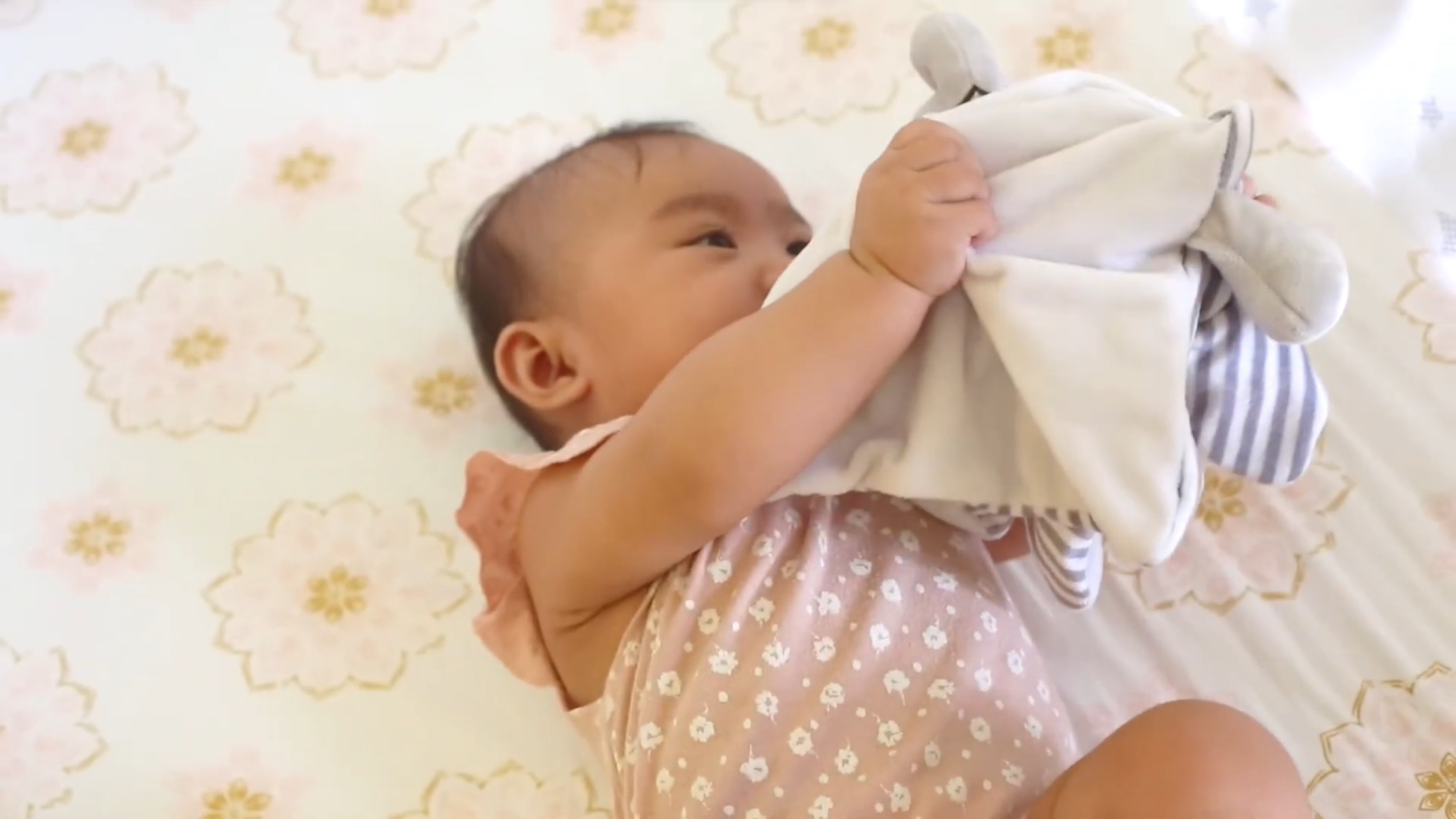

Articles
What Is A Security Blanket
Modified: December 7, 2023
Discover the benefits of having a security blanket in our insightful articles. Explore different types, uses, and tips for finding the perfect one for you.
(Many of the links in this article redirect to a specific reviewed product. Your purchase of these products through affiliate links helps to generate commission for Storables.com, at no extra cost. Learn more)
Introduction
A security blanket is much more than just a piece of fabric. It holds a special place in the hearts of many individuals, from toddlers to adults, providing comfort, solace, and a sense of security. We often hear the term “security blanket” used metaphorically to describe something that brings us comfort and reassurance in times of distress or uncertainty.
A security blanket is typically a small, soft, and familiar object that individuals, especially children, associate with feelings of safety and protection. It can be a stuffed toy, a special blanket, or even a piece of clothing, such as a beloved t-shirt. For children, a security blanket becomes an integral part of their daily lives, accompanying them on adventures, acting as a companion during sleep time, and serving as a source of emotional support.
The concept of a security blanket has its origins in early childhood and has been passed down through generations. Many of us may have fond memories of our own security blankets, whether it was a worn-out teddy bear or a silky satin cloth. The idea of having a personal item that provides comfort and security transcends cultural boundaries, and security blankets have taken on various forms and names around the world.
While security blankets are commonly associated with children, they can also be found among adults. As we face the stresses and uncertainties of daily life, it is not uncommon to seek solace and comfort in a familiar object or routine. Whether it’s the cozy embrace of a worn-out blanket or the soothing touch of a cherished item, these security blankets serve as a reminder of happier times and provide a sense of stability.
The psychology behind security blankets is fascinating. These objects often hold sentimental value, carrying memories and emotions that provide a sense of familiarity and comfort. The tactile experience of touching and holding a security blanket can also trigger the release of endorphins, which further contributes to the feelings of security and well-being.
In this article, we will delve deeper into the world of security blankets, exploring their symbolism, significance, and the role they play in our lives. We will also discuss the benefits and challenges associated with security blankets and explore strategies for gradually transitioning away from them as we grow and develop.
Key Takeaways:
- Security blankets play a crucial role in providing emotional support, promoting self-regulation, and fostering healthy attachment in children, aiding in their overall emotional and psychological development.
- Gradually weaning off a security blanket requires patience, understanding, and support, along with the introduction of alternative comfort objects, setting limits and boundaries, and encouraging self-soothing techniques.
Read more: When To Introduce Security Blanket
Definition of a Security Blanket
A security blanket is an object, typically a soft and comforting item, that individuals, especially children, rely on for feelings of safety, comfort, and reassurance. It serves as a physical and emotional anchor, providing a sense of security and stability in various situations.
In the literal sense, a security blanket can refer to an actual blanket that individuals use to wrap themselves in, creating a cocoon-like environment that promotes relaxation and a sense of belonging. However, the term “security blanket” has also become a metaphor for any object or routine that brings a sense of comfort and reassurance in times of stress or uncertainty.
Security blankets often act as transitional objects for young children, bridging the gap between the comfort of their caregivers and their growing reliance on self-soothing. These objects become companions, providing a source of emotional support, comfort, and familiarity, especially during times of separation, anxiety, or change.
While security blankets are commonly associated with children, they can also be seen in adults who seek solace and reassurance in familiar objects or rituals. These objects may take on different forms such as a cherished stuffed animal, a piece of clothing, a favorite pillow, or any other item that holds sentimental value and provides a sense of security.
Ultimately, the definition of a security blanket goes beyond a mere physical object. It encompasses the emotional and psychological significance attached to that object, as well as the feelings of safety, comfort, and reassurance it provides. From childhood to adulthood, a security blanket holds a special place in our hearts and becomes a symbol of comfort and emotional well-being.
Origin of Security Blankets
The concept of security blankets can be traced back through generations and across cultures, making it difficult to pinpoint a specific origin. Throughout history, humans have sought comfort and security in various ways, often utilizing objects that provide a sense of familiarity and emotional support.
One of the earliest recorded instances of security blankets can be found in the practice of swaddling infants. Swaddling is the act of snugly wrapping a baby in a blanket or cloth, mimicking the feeling of being in the womb. This practice has been observed in many ancient civilizations as a way to help calm and soothe newborns. Swaddling not only provides a sense of physical security but also creates a cocoon-like environment that promotes sleep and reduces startle reflexes.
As societies evolved, so did the concepts of security blankets. In the early 20th century, American pediatrician Dr. Benjamin Spock popularized the idea of giving children a soft security object, such as a blanket or stuffed animal, to ease separation anxiety. The idea gained widespread recognition and acceptance, leading to the widespread use of security blankets among children.
However, it’s worth noting that the use of security objects extends far beyond a specific time or place. In many cultures around the world, infants and children are provided with comfort objects from an early age. These objects can range from soft blankets, to cuddly toys, to traditional cultural items that hold deep symbolic meaning.
It is likely that the concept of security blankets developed organically as humans sought ways to create a sense of security and comfort in their lives. From the warmth and protection provided by swaddling, to the familiarity and emotional connection fostered by a cherished object, security blankets have become an integral part of our lives.
Today, security blankets have gained recognition not just for their practical purpose but also for their symbolic value. They are seen as tangible representations of emotional attachment, trust, and a source of comfort during times of distress.
As we explore the origin of security blankets, it becomes clear that these objects have stood the test of time and continue to play a vital role in providing a sense of security and comfort to both children and adults.
Symbolism and Significance
Security blankets hold deep symbolism and significance for those who rely on them for comfort and reassurance. While the specific meaning may vary from person to person, these objects often represent feelings of safety, familiarity, and emotional attachment.
One of the primary symbols associated with security blankets is that of a safe haven. Just as a physical blanket wraps around and protects us, a security blanket is seen as a metaphorical shield from the uncertainties and challenges of the world. It becomes a source of emotional refuge and a reminder of a safe and secure environment.
Furthermore, security blankets often serve as transitional objects, representing the connection between the child and their caregivers. These objects become a symbol of the bond and trust shared between them. When a child clings to their security blanket, it can help them feel connected to their loved ones even when they are physically apart.
The significance of a security blanket also lies in its association with soothing and self-regulation. When individuals find themselves in stressful or unfamiliar situations, the act of holding or touching their security blanket can provide a calming effect. The texture, smell, and familiarity of the object can activate the sensory system and trigger a relaxation response, helping to alleviate anxiety and promote a sense of emotional well-being.
Additionally, security blankets often hold sentimental value, carrying memories and emotions that provide comfort and reassurance. These objects become repositories of love, comfort, and support, reminding individuals of happy times and cherished experiences. In this way, security blankets can provide a sense of continuity and stability in the midst of change.
Symbolically, security blankets may also represent a sense of independence and self-reliance. As children grow and develop, their reliance on their security blanket often decreases. This transition signals their increasing ability to self-soothe and navigate the world with a sense of internal security.
Overall, the symbolism and significance of security blankets lie in their ability to offer emotional support, evoke feelings of safety, and provide a tangible connection to a sense of comfort and familiarity. These objects hold a special place in our hearts and become cherished companions in times of need.
Psychology behind Security Blankets
The psychology behind security blankets is a rich field of study that explores the emotional, cognitive, and behavioral aspects of why individuals form strong attachments to these objects. Understanding the psychological mechanisms at play can provide insights into the role security blankets play in our lives.
One of the key psychological theories that explain the attachment to security blankets is the concept of transitional objects developed by psychoanalyst D.W. Winnicott. According to Winnicott, transitional objects act as a bridge between the child’s inner world and the external world. Security blankets serve as a container for the child’s emotions, helping them navigate the separation from their caregivers and providing a sense of continuity and comfort.
Attachment theory also plays a role in the psychology of security blankets. Children form attachments to their caregivers as a means of seeking comfort, security, and emotional regulation. When a child is separated from their caregivers, a security blanket can serve as a substitute attachment figure. This can provide a sense of reassurance and help children self-soothe, fostering a sense of security even in the absence of their primary attachment figures.
Another psychological aspect of security blankets is the association with sensory comfort. The tactile experience of touching and holding a soft, familiar object can trigger the release of endorphins, the body’s natural feel-good hormones. This physical contact can create a sense of warmth, comfort, and well-being, reducing stress and promoting relaxation.
Furthermore, security blankets can provide a sense of familiarity and predictability in uncertain situations. The routine of having the security blanket nearby can create a sense of control and stability. This can be particularly important for children who are facing new experiences, transitions, or unfamiliar environments, helping them feel grounded and secure.
Additionally, the symbolic meaning attached to security blankets can have a profound psychological impact. These objects often hold sentimental value, carrying memories and emotions that provide a sense of comfort and reassurance. The symbolic significance attached to the security blanket can be a source of emotional attachment and a reminder of a safe and loving environment.
The psychology behind security blankets is complex, but it highlights the deep emotional connection individuals form with these objects. The transitional nature, the attachment component, the sensory comfort, and the symbolic meaning all contribute to the powerful psychological pull that security blankets have in our lives.
A security blanket is a comfort object often used by children to provide a sense of security and comfort. It can be a soft, familiar item like a blanket or stuffed animal that helps to soothe and calm in times of stress or anxiety.
Read more: What Is A Flannel Blanket
Benefits of Security Blankets
Security blankets provide numerous benefits, ranging from emotional support and comfort to fostering independence and self-regulation. These benefits can have a significant impact on individuals, particularly children, as they navigate the ups and downs of life.
One of the primary benefits of security blankets is their ability to provide emotional support and comfort. The familiar touch, scent, and texture of the blanket can offer a sense of familiarity and reassurance, helping to reduce anxiety and promote a feeling of security. Holding or cuddling with a security blanket can activate the release of endorphins, leading to a sense of relaxation and improved emotional well-being.
Security blankets also support healthy emotional attachment. For infants and young children, these objects can serve as transitional objects that help bridge the gap between the child and their caregivers. This attachment promotes a sense of security and trust, which is essential for healthy emotional development.
Furthermore, security blankets can enhance self-regulation skills. When faced with stressful situations, individuals, especially children, may feel overwhelmed or anxious. Security blankets act as a soothing tool, providing a tangible source of comfort and a familiar object to help them self-soothe and regulate their emotions. This can contribute to the development of emotional resilience and coping strategies.
A security blanket can also promote a sense of independence and self-reliance. As children grow older, their reliance on their security blanket often decreases naturally. The gradual transition away from the security blanket reflects their increasing ability to self-soothe and navigate the world with a sense of internal security.
Security blankets can also provide a sense of continuity and stability during times of change or transition. Whether it’s moving to a new home, starting school, or facing other significant life events, having a security blanket can act as a constant companion, reminding individuals of their support system and providing a sense of comfort in the midst of uncertainty.
In addition, research suggests that security blankets may have a positive impact on sleep quality. The comfort and familiarity of these objects can help individuals, especially children, feel safe and secure, promoting better sleep patterns and reducing nighttime disturbances.
Overall, the benefits of security blankets extend beyond providing physical comfort. They offer emotional support, foster healthy attachment, enhance self-regulation skills, promote independence, and provide a sense of stability during times of change. These benefits contribute to the overall well-being and emotional development of individuals who rely on security blankets.
Challenges Associated with Security Blankets
While security blankets offer numerous benefits, there can be certain challenges associated with their prolonged use. Recognizing and addressing these challenges can help individuals transition and develop healthy coping mechanisms.
One challenge is the potential dependence on a security blanket for emotional regulation. Reliance solely on a security blanket as a coping mechanism may hinder the development of other self-soothing strategies and emotional resilience. Over time, it is important to help individuals, especially children, gradually learn and practice alternate ways to manage their emotions without solely relying on their security blanket.
Another challenge is the potential attachment and difficulty in separating from the security blanket. Children may become overly reliant on their security blanket for comfort and have a hard time functioning without it. This attachment may make it challenging for them to engage in social activities, attend school, or meet new people. It is important to encourage gradual separation and provide support during this transition phase.
Hygiene can also be a challenge associated with security blankets, especially if they are constantly carried around, dragged on the ground, or exposed to dirt and germs. Regular washing and maintenance of the security blanket is essential to ensure cleanliness and prevent potential health issues.
Peer judgment or social stigma can also pose challenges for individuals who continue to use security blankets beyond the expected age. As children grow older, there may be societal expectations to let go of security blankets. It is important to create an environment of acceptance and understanding, where children and individuals feel supported and comfortable with their need for security.
Financial considerations may also arise if a security blanket becomes lost, damaged, or needs to be replaced. The attachment to a specific security blanket can make it difficult to transition to a different object or even a similar replacement. It’s important to be mindful of the potential financial impact and have strategies in place to address these situations.
Lastly, if the reliance on a security blanket becomes excessive or interferes with daily functioning, it may be an indication of an underlying emotional or developmental issue. In such cases, seeking professional guidance from a therapist or counselor can be beneficial to address the root causes and develop appropriate coping mechanisms.
Overall, recognizing and addressing the challenges associated with security blankets can help individuals navigate the transitions and cope with the emotional attachments effectively. Balancing the benefits with addressing these challenges is essential for healthy emotional development.
The Role of Security Blankets in Childhood Development
Security blankets play a significant role in the emotional and psychological development of children. These cherished objects provide comfort, reassurance, and serve as a transitional tool as children grow and navigate the world around them.
One of the primary roles of security blankets in childhood development is in promoting a sense of security and emotional attachment. When children have a security blanket, it becomes a trusted companion, representing a constant source of comfort and familiarity. This emotional attachment helps children navigate separation from their caregivers, reducing anxiety and promoting a sense of emotional security.
Security blankets also play a crucial role in helping children self-soothe and regulate their emotions. The comfort and familiarity of the blanket offer a tangible and reliable way for children to seek solace and calm themselves during times of stress or anxiety. Through snuggling, cuddling, and holding their security blanket, children learn to manage their emotions and develop a sense of emotional resilience.
In addition, security blankets can enhance a child’s coping mechanisms. The soothing nature of these objects helps children manage transitions, cope with new experiences, and navigate challenging situations. Whether it’s starting school, facing separation, or encountering unfamiliar environments, having a security blanket can provide a sense of stability and emotional support that aids in the child’s ability to adapt and overcome challenges.
Security blankets can also foster a sense of independence and autonomy. As children grow older, their reliance on the security blanket gradually decreases, allowing them to develop self-soothing strategies and cultivate internal resources for emotional regulation. This process helps children build confidence and resilience as they learn to navigate their emotions independently.
Furthermore, security blankets can contribute to the development of imagination and creativity. These objects often become integral parts of children’s playtime and imaginative worlds. Children may attribute certain characteristics and qualities to their security blankets, incorporating them into their games and storytelling. This imaginative play helps foster cognitive development and enhances storytelling abilities.
Overall, the role of security blankets in childhood development goes beyond providing comfort and reassurance. They play a vital role in nurturing emotional attachment, developing self-regulation skills, promoting coping mechanisms, fostering independence, and stimulating imaginative play. By offering a sense of security and emotional support, security blankets become cherished companions that aid in the healthy emotional development of children.
Strategies for Gradually Weaning Off a Security Blanket
As children grow older, it may become necessary to help them transition away from their reliance on a security blanket. Gradually weaning off the security blanket can be a delicate process, requiring patience, understanding, and support. Here are some strategies to help facilitate this transition:
1. Introduce alternative comfort objects: Gradually introduce other comfort objects or transitional items that can serve as substitutes for the security blanket. This could be a special stuffed animal, a cozy pillow, or a soft scarf. Encourage your child to form a bond with the new object and offer reassurance that it can provide the same sense of comfort and security.
2. Set limits and boundaries: Establish designated times and places for the use of the security blanket. Gradually reduce the amount of time your child spends with the blanket, such as restricting it to bedtime or specific comforting moments. Setting boundaries helps your child learn that it’s possible to feel secure and calm without constant dependence on the security blanket.
3. Encourage self-soothing techniques: Teach your child alternative self-soothing techniques to manage their emotions. This can include deep breathing exercises, visualization, positive affirmations, or engaging in calming activities like drawing or listening to soothing music. By guiding your child towards these strategies, you empower them to develop their own internal coping mechanisms.
4. Gradual distance and separation: Encourage your child to gradually distance themselves from the security blanket. For instance, they can keep it on their bed while sleeping but not carry it around during the day. Eventually, encourage them to leave the security blanket in their room or a designated spot when going out. This helps build confidence and promotes independence.
5. Create a transitional ritual: Establish a special ritual that marks the transition away from the security blanket. This could involve a ceremony where the child thanks the security blanket for its comfort and companionship and chooses to pass it on to another child in need. This ritual can help your child process their emotions and create closure as they embrace the next stage of their development.
6. Provide emotional support: Throughout the journey of weaning off the security blanket, offer your child emotional support and understanding. Acknowledge their feelings and validate the emotional connection they have with the security blanket. Reassure them that it’s normal to feel a mix of emotions during this transition, and remind them that you are there to support and guide them every step of the way.
7. Celebrate milestones: Celebrate the small milestones achieved along the way, such as gradually reducing the use of the security blanket or finding comfort in alternative objects or strategies. Praise your child’s efforts and resilience, and remind them of their growth and progress as they become more independent and self-reliant.
Remember, every child is unique, and the process of weaning off a security blanket will vary. It’s important to be patient, respect your child’s individual timeline, and provide a supportive and nurturing environment throughout the transition.
Read more: What Is A Fleece Blanket
Conclusion
Security blankets hold a special place in our lives, offering comfort, reassurance, and a sense of security. From their origins in swaddling infants to their symbolic significance in childhood and beyond, these cherished objects play a crucial role in our emotional and psychological well-being.
Throughout this article, we have explored the definition of security blankets and their deep-rooted symbolism. We have discussed the psychology behind these objects and how they provide emotional support, promote self-regulation, and foster healthy attachment. Moreover, we have examined the benefits they bring, such as soothing comfort in times of distress and helping children navigate transitions.
However, we have also acknowledged the challenges associated with prolonged reliance on security blankets. From potential dependence and difficulty separating from them to hygiene concerns and social judgments, it is important to address these challenges to promote healthy emotional development.
We have discussed strategies for gradually weaning off a security blanket, emphasizing the introduction of alternative comfort objects, setting limits and boundaries, and promoting self-soothing techniques. These strategies, combined with emotional support and understanding, help children transition to a state of increased independence and internal regulation.
In conclusion, security blankets are more than just physical objects. They hold great significance and play a vital role in our lives, providing a sense of familiarity and emotional support. Through their comforting presence, security blankets help us navigate the complexities of life, offering solace during times of uncertainty and contributing to our overall well-being.
Whether through childhood or adulthood, security blankets hold a timeless place in our hearts. They serve as tangible reminders of love, comfort, and stability, a symbol of our need for security and connection. As we honor the role of security blankets in our lives, let us cherish and embrace the comfort they bring, while also encouraging growth and resilience as we gradually move beyond their physical embrace.
Frequently Asked Questions about What Is A Security Blanket
Was this page helpful?
At Storables.com, we guarantee accurate and reliable information. Our content, validated by Expert Board Contributors, is crafted following stringent Editorial Policies. We're committed to providing you with well-researched, expert-backed insights for all your informational needs.

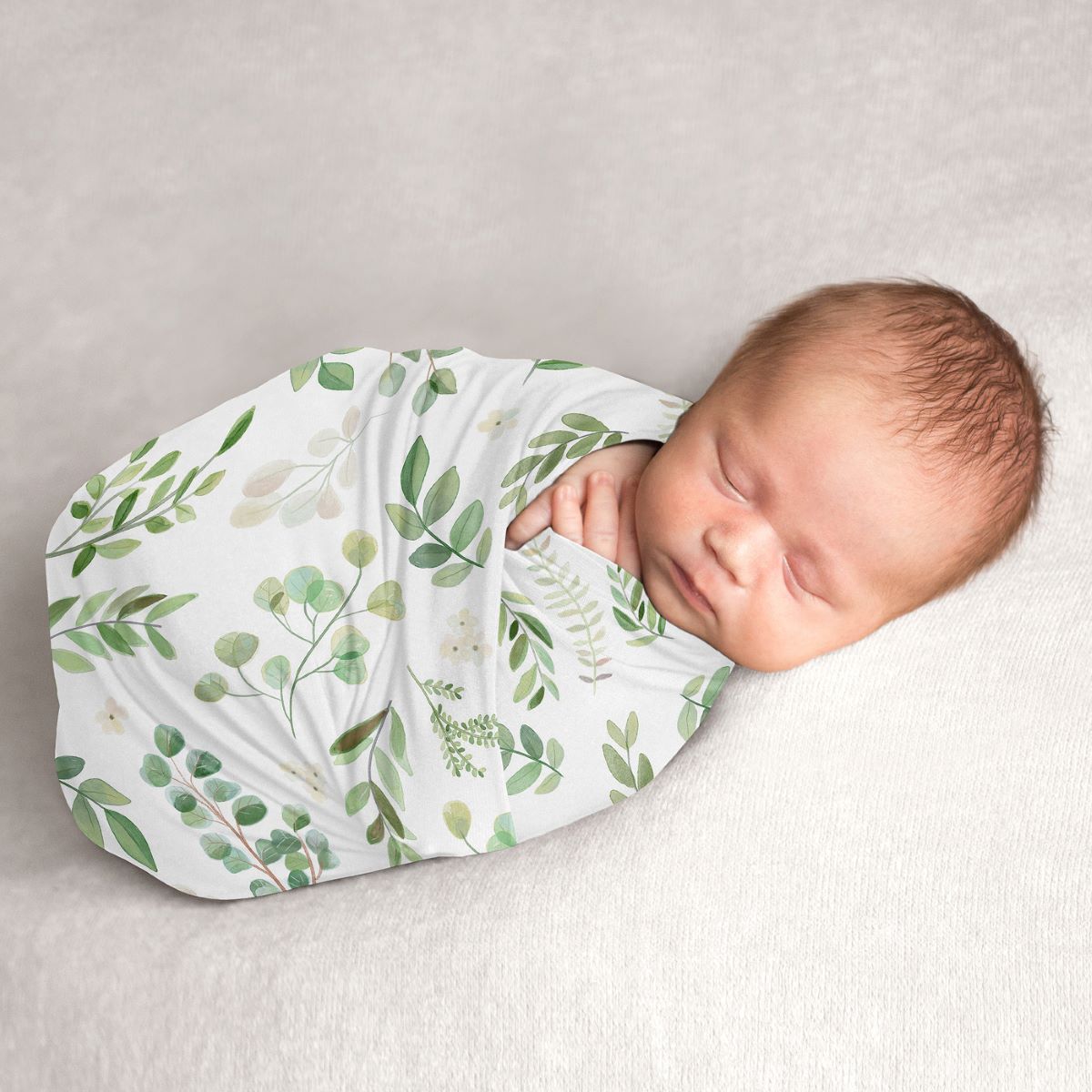



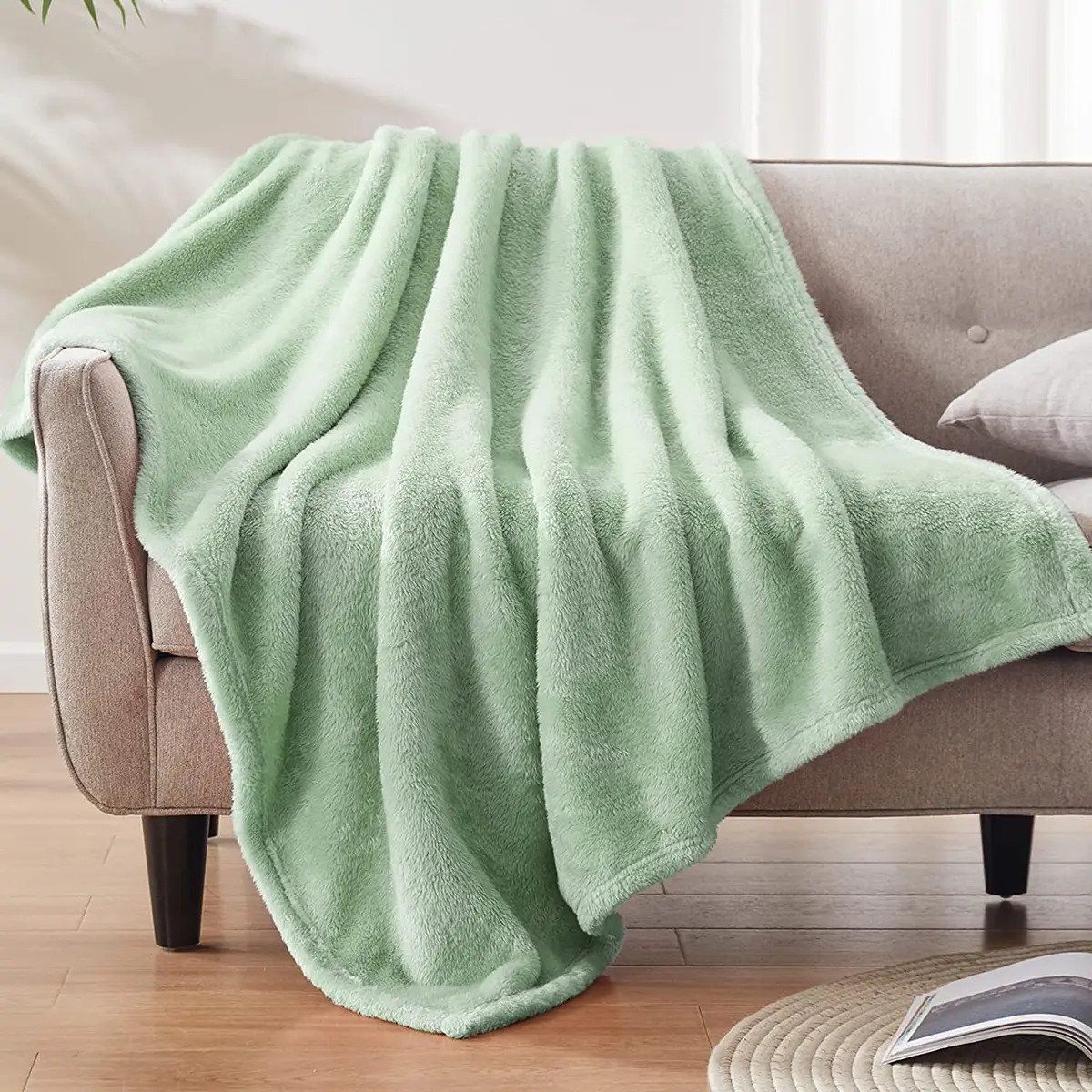

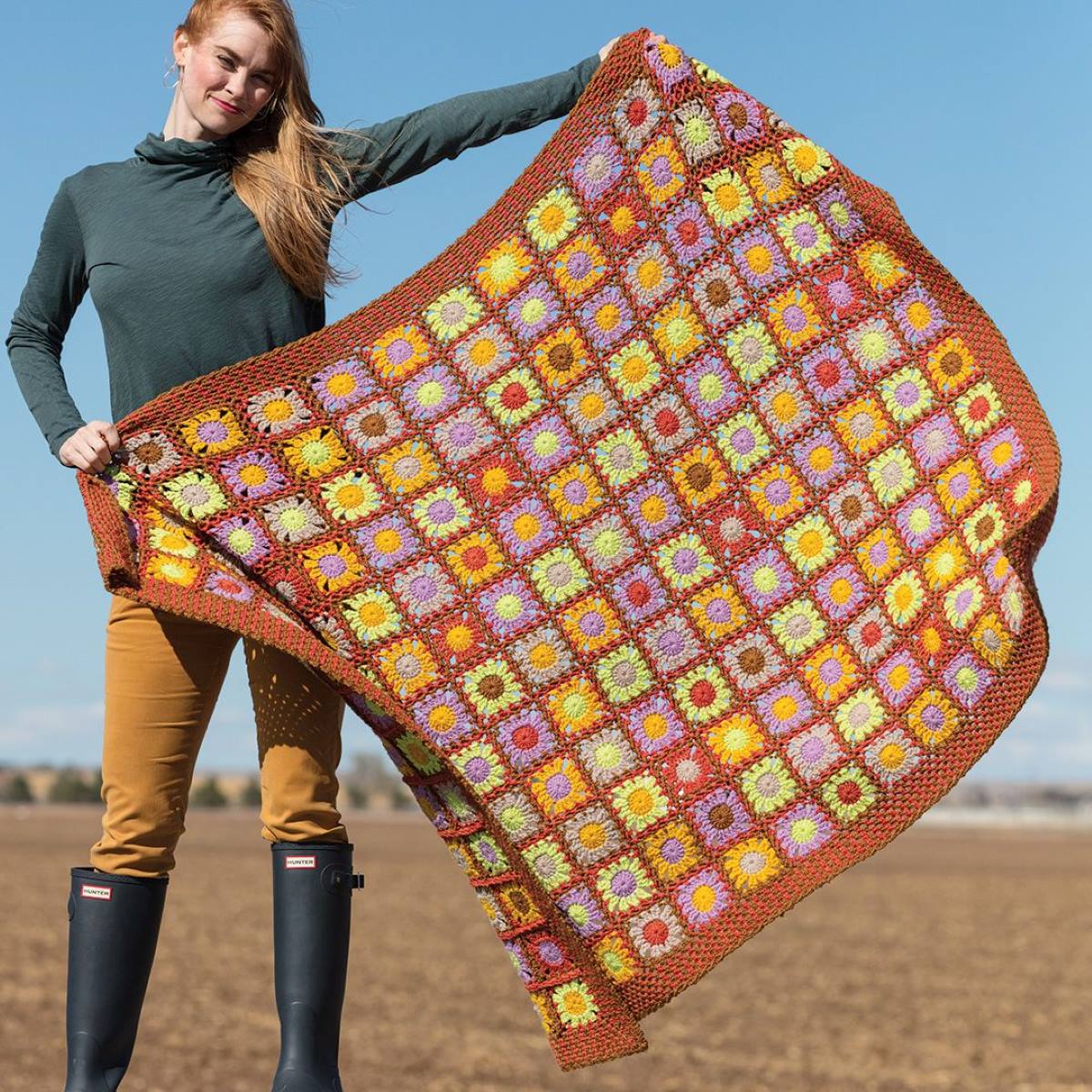
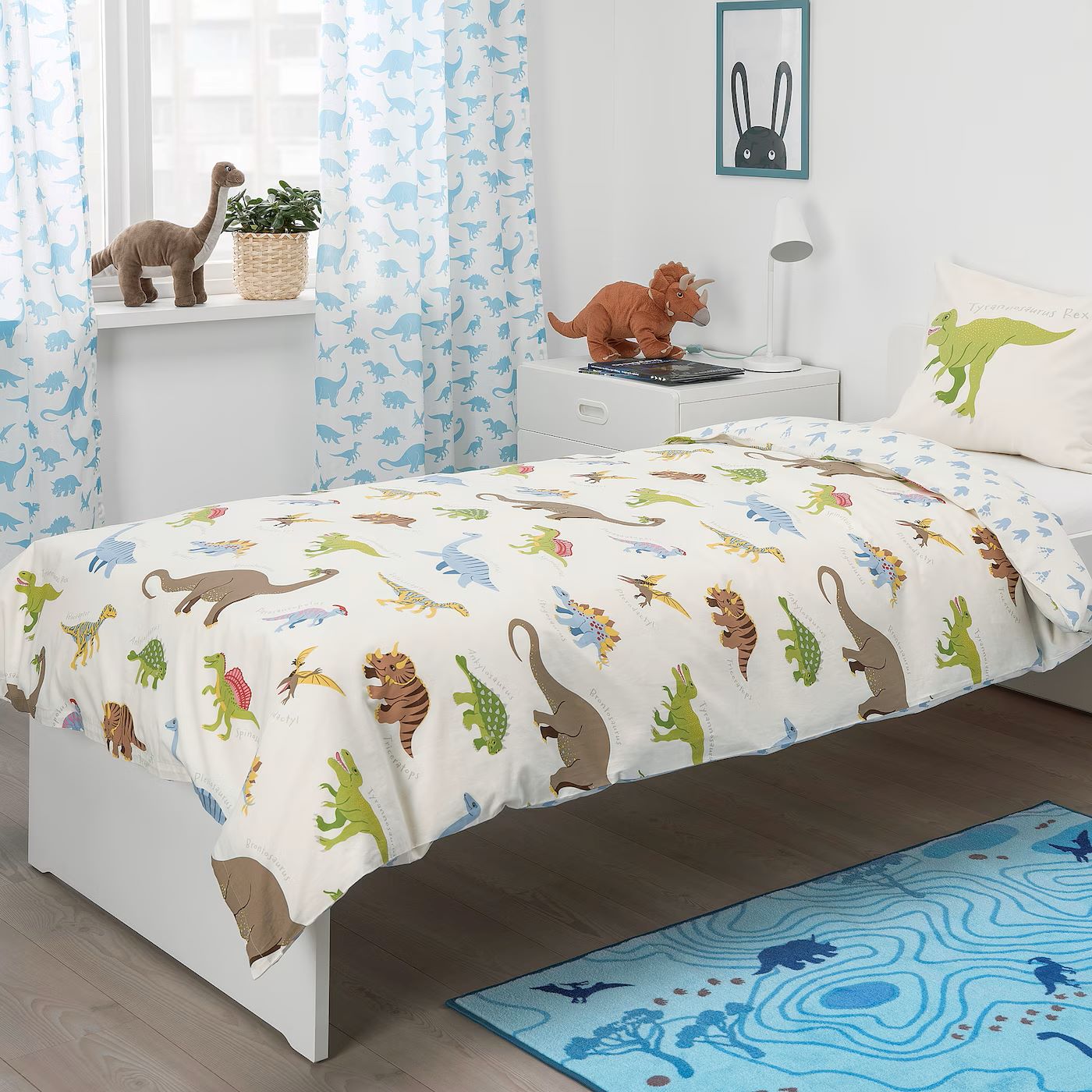

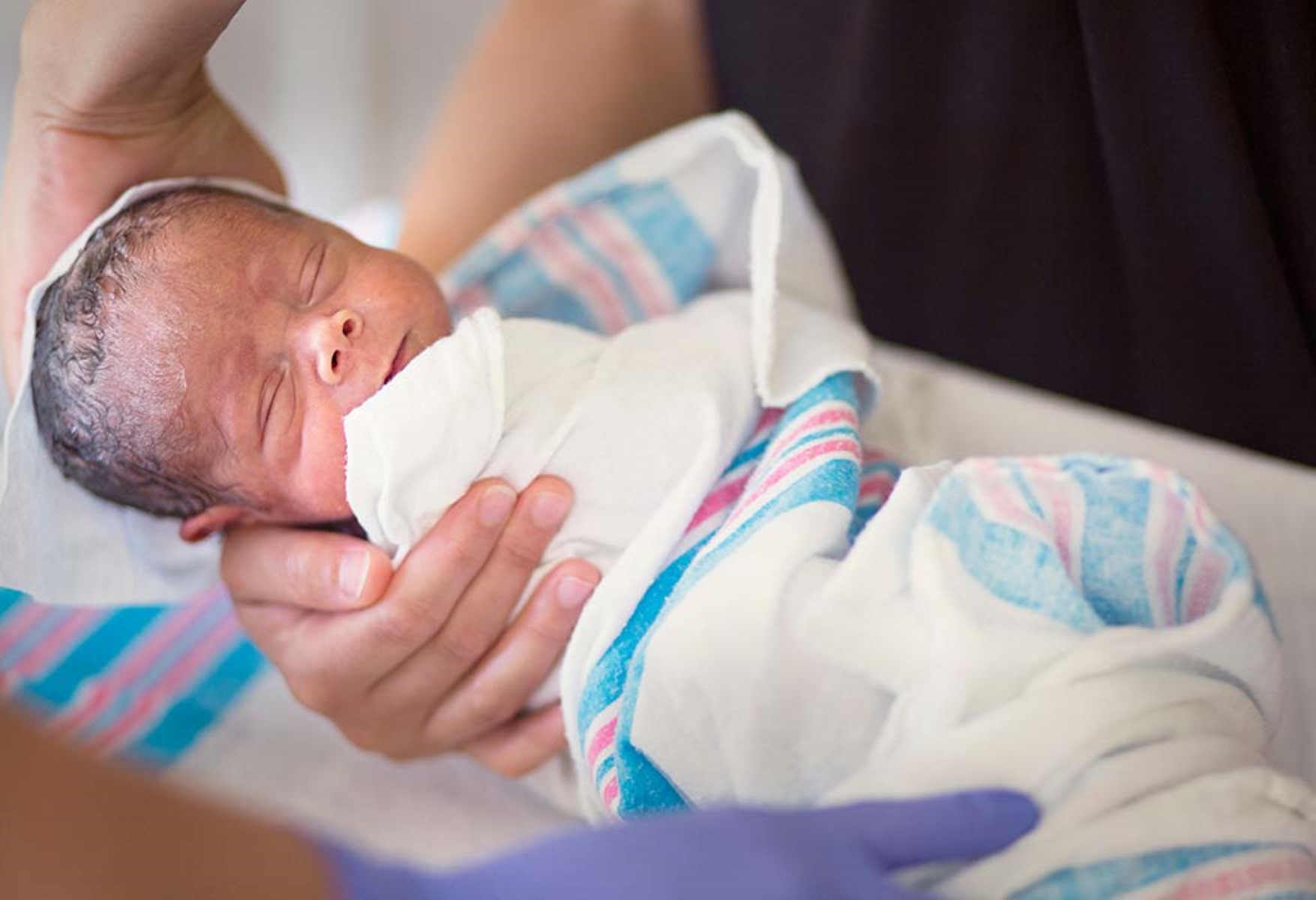

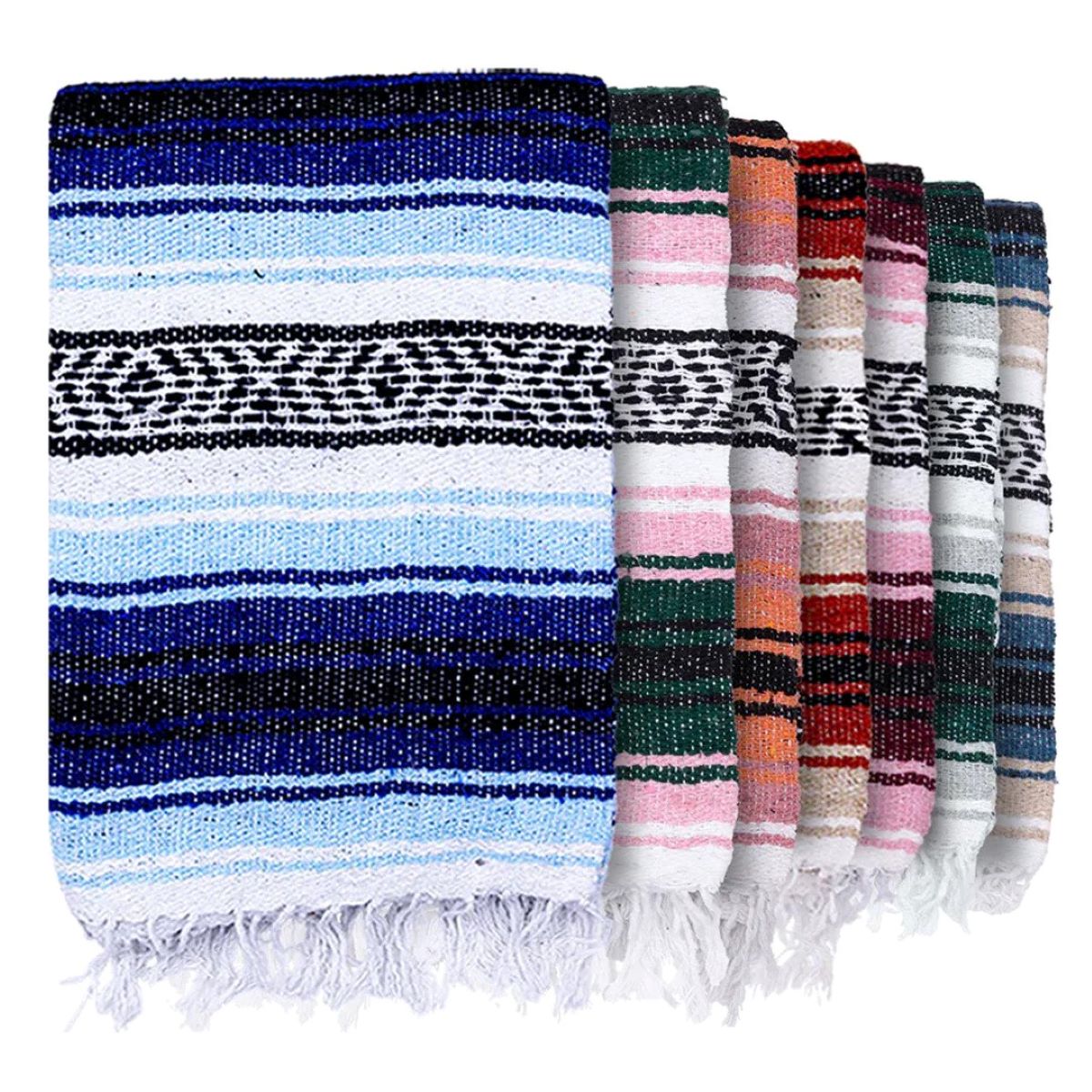

0 thoughts on “What Is A Security Blanket”